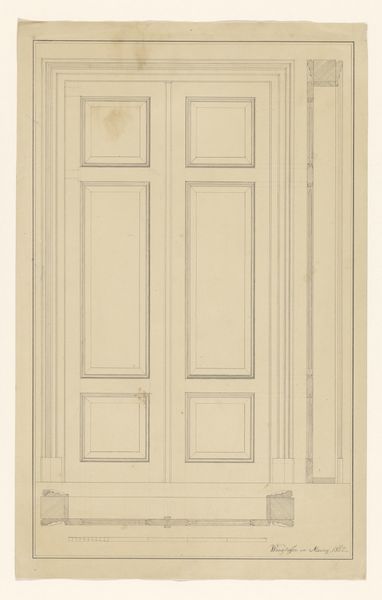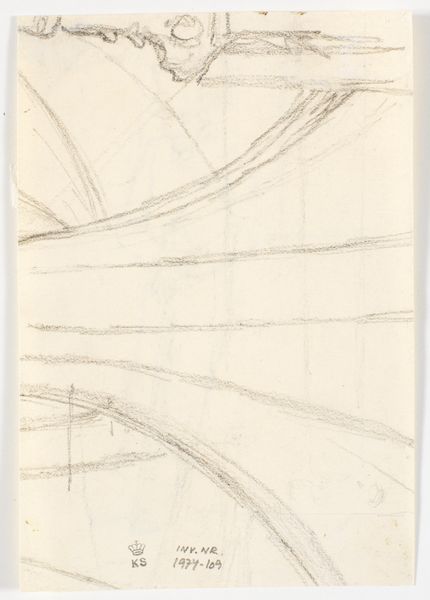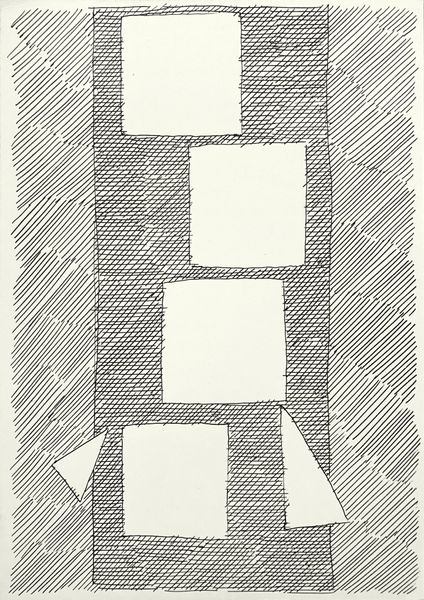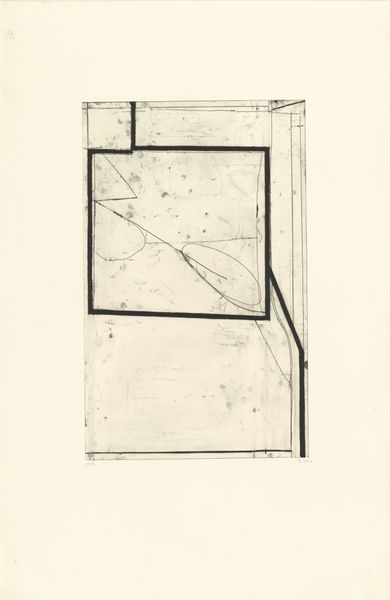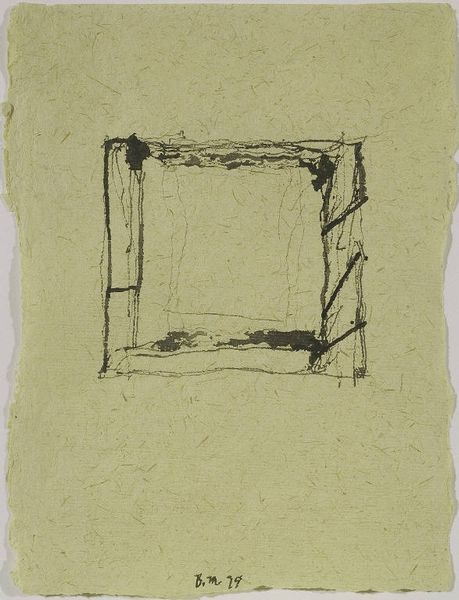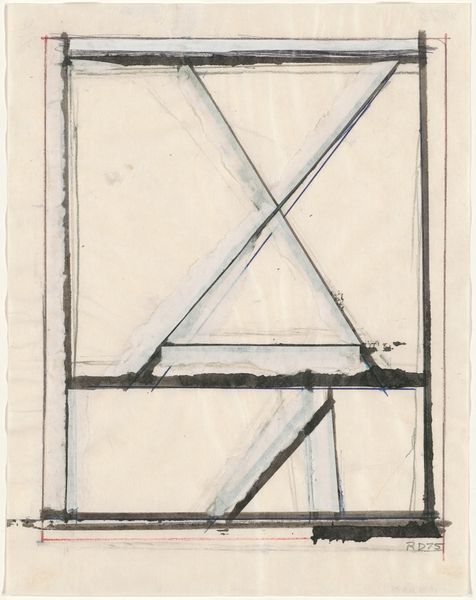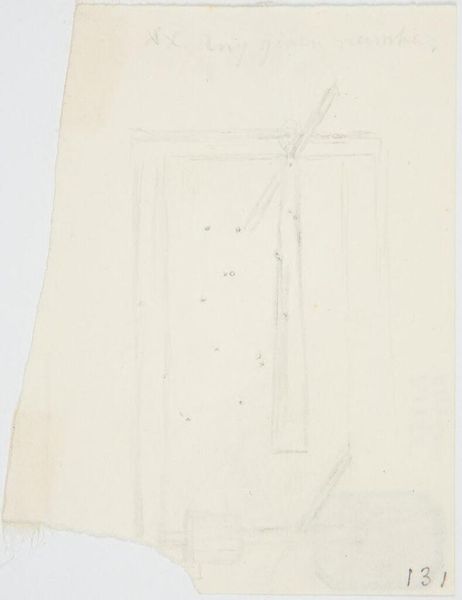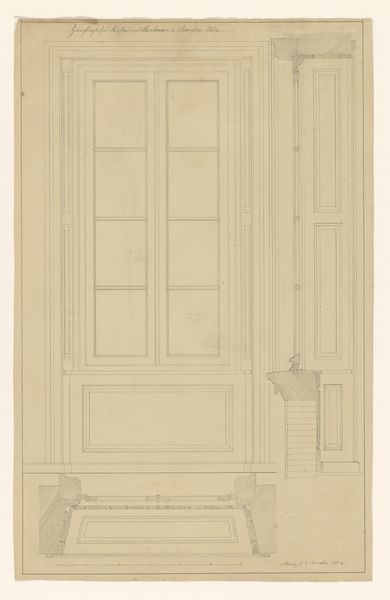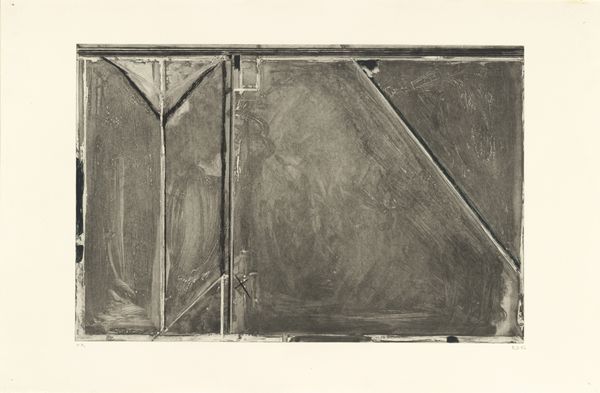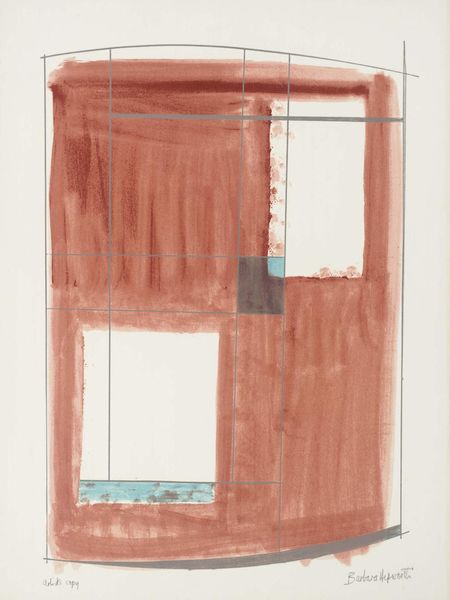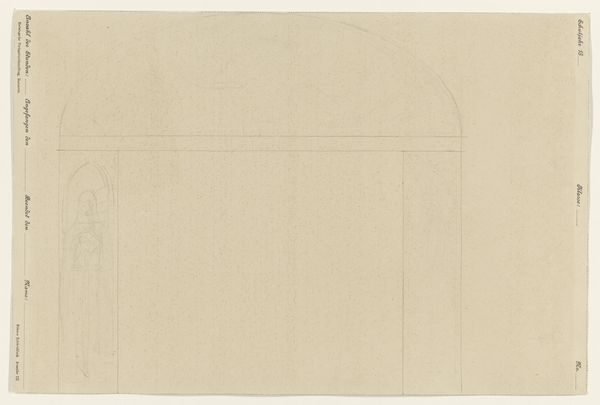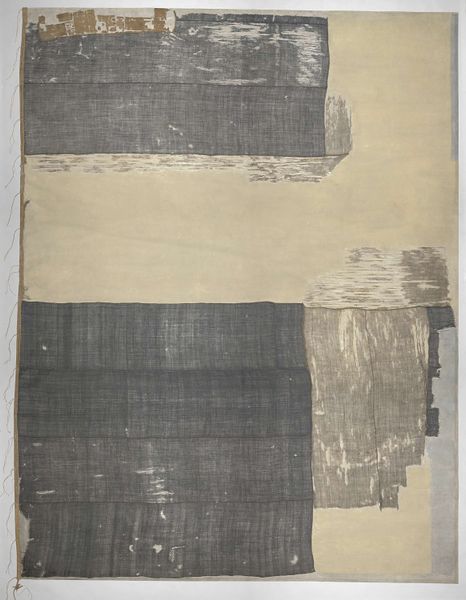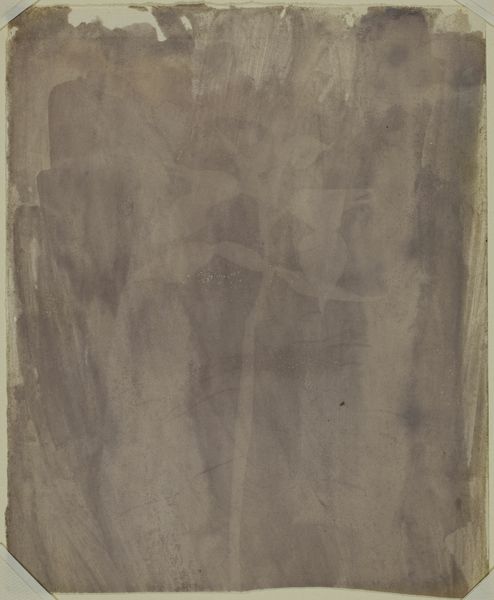
Ontwerp voor glasschildering met metamorfose van Philemon en Baucis 1869 - 1925
0:00
0:00
drawing, paper, ink
#
drawing
#
art-nouveau
#
narrative-art
#
landscape
#
figuration
#
paper
#
ink
Dimensions: height 210 mm, width 50 mm
Copyright: Rijks Museum: Open Domain
Curator: What strikes me immediately is the delicate, almost ethereal quality of the linework. Editor: Agreed. It’s a sketch, a blueprint really. We’re looking at “Ontwerp voor glasschildering met metamorfose van Philemon en Baucis” by Antoon Derkinderen, created sometime between 1869 and 1925. A design on paper in ink, presumably for a stained-glass window. The story of its making—how Derkinderen imagined the light filtering through colored glass—is palpable. Curator: The composition is divided into two distinct registers, separated by a strip of unadorned paper. The upper portion depicts the metamorphosed couple as intertwined trees, their forms stylized with an Art Nouveau sensibility, contained in the shape for a glass panel. Below, a grid. An empty space, waiting to be filled with glass, ready to be assembled, and ready to hold the glasswork. Editor: Absolutely. You see the social element at play too. It’s more than a design; it represents a collaboration between artist, glassmakers, perhaps even patrons commissioning a piece that will adorn their domestic space. And it shows its age too. That paper stock isn't archival! Look at how brown it has become, evidence of aging. Curator: I am most taken by the visual relationships Derkinderen creates between positive and negative space. Look how the stark, uncolored areas draw attention to the areas where the artist has built subtle tension with sparse application of diluted washes of color to augment tone. Note, as well, the subtle shifts in color between cool and warm regions, playing with advancing and receding space. Editor: I think this helps to show the integration of craft into what we call "fine art." Here we see art as work: carefully mapped sections showing dimensions. The design relies on the skill of artisans to translate this sketch into a large scale stained-glass work, so that they become co-creators. Curator: In viewing the image in these terms we see that what has at first looked informal is in fact, quite tightly managed. Each section or area defined for color is keyed precisely by an economy of washes and linework in service of producing a guide of production. And as such, is complete and whole. Editor: By looking at the object, both its form and manufacture, we can reveal so much, together.
Comments
No comments
Be the first to comment and join the conversation on the ultimate creative platform.
